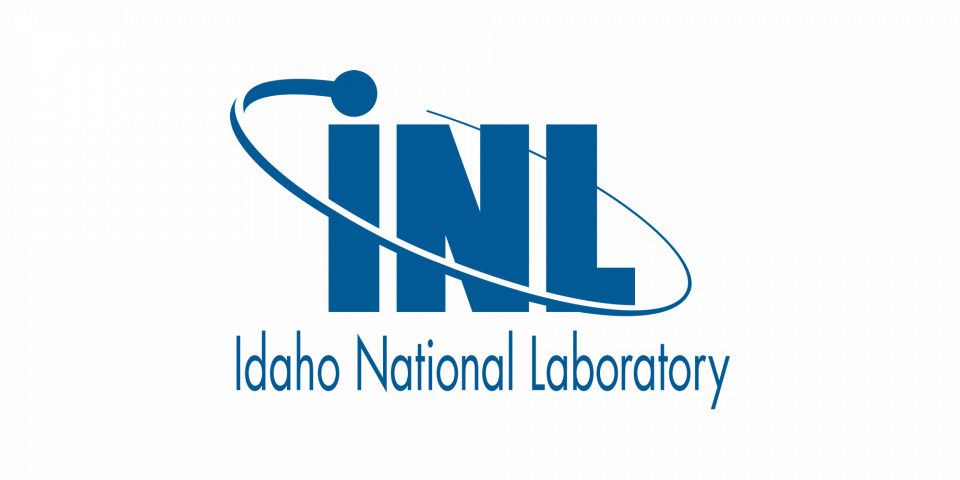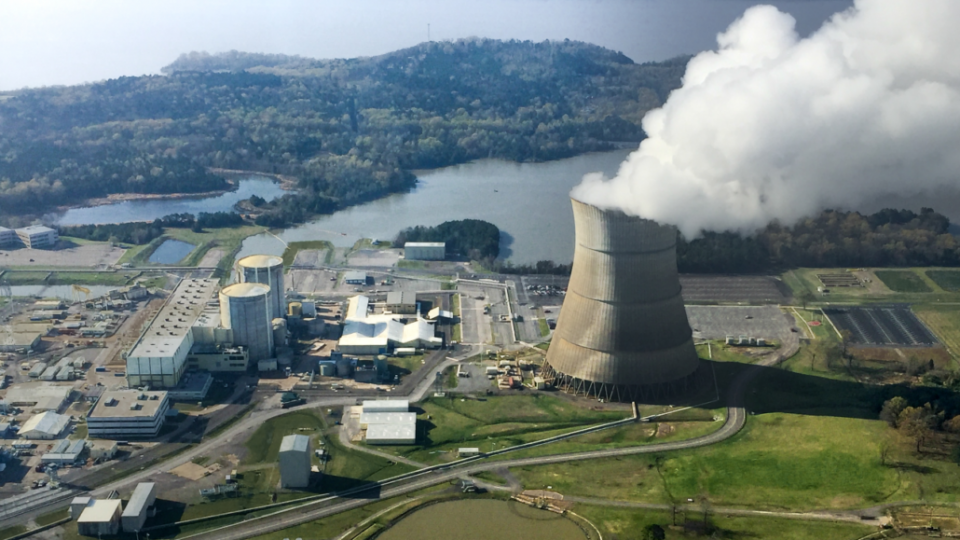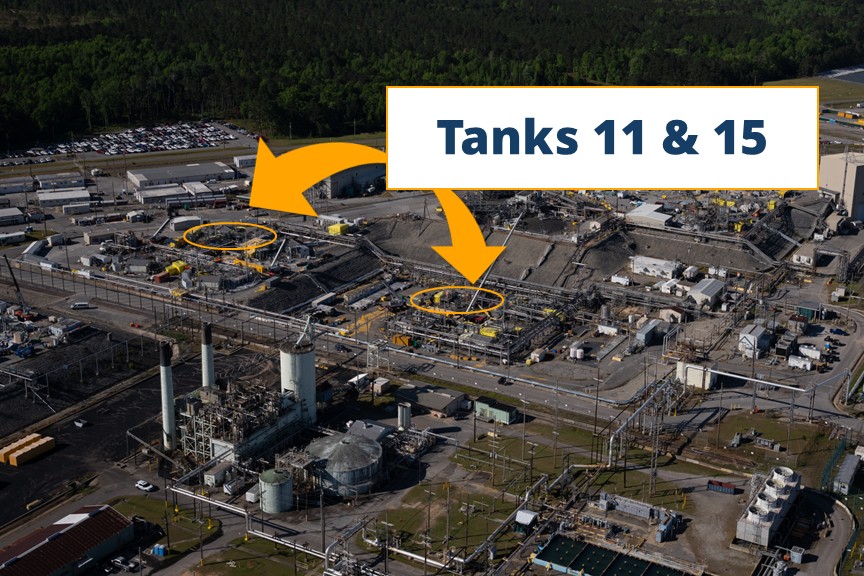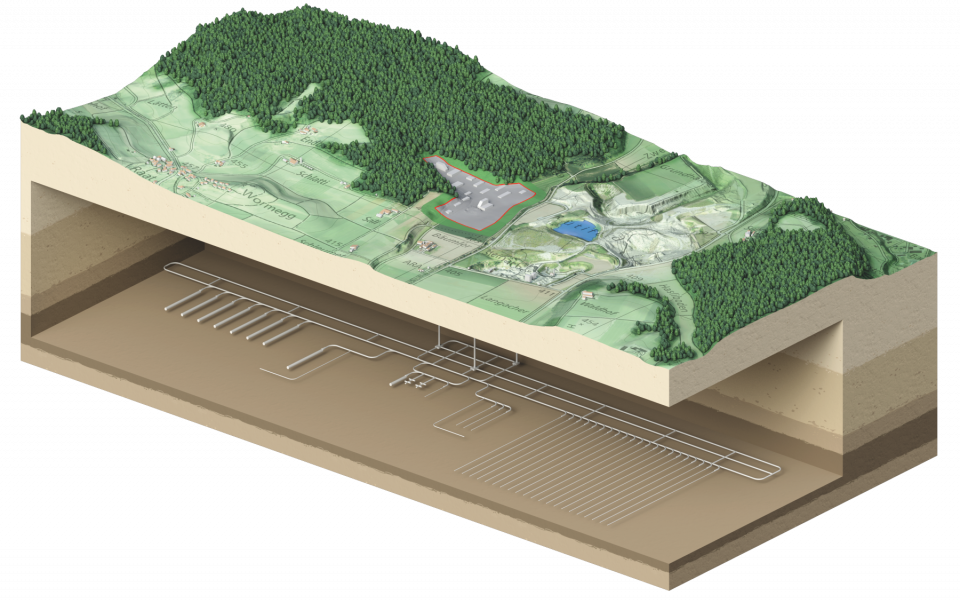DOE to ship contaminated Savannah River equipment to Texas as LLW
The Department of Energy is planning to ship contaminated process equipment from its Savannah River Site in South Carolina to Waste Control Specialists’ federal low-level radioactive waste facility in Andrews County, Texas.











